Crossing the Rubicon
For many years, the river that Julius Caesar led his army across into Italy was lost until re-identified.
Crossing the Rubicon, a saying said to depict an action for which the consequences are irreversible (passing the point of no return), refers to the action of Julius Caesar in 49 BCE when, against the laws of the Roman Republic, he led his army of troops across the border-forming river from the territory of Gaul into the part of Italy under direct Roman administration. It was inevitable that this would start a civil war. The exact date is unknown, but January of 49 BCE is commonly the date quoted.
The river, in northeastern Italy, is just south of the town of Cesena. It was known as the Fiumicino until 1933 when it started to be identified by academics as being the ancient river Rubicon. The final consensus and official renaming of the river from the Fiumicino to the Rubicon was in 1991.
The position of the entry is where the one of most important Roman roads in the area, at the time of the famous crossing, passes over the Rubicon in the town now known as Savignano sul Rubicone since 1991. Before this date, it was called Savignano di Romagna. There is, however, no proof that the Roman army crossed at this point.
Indeed if you drive around the hills between Cesana and San Marino, travelers will find numerous potential crossing points. The historic bridge has several more recent modifications but looking at it from below it is Roman in form.
Know Before You Go
The highlighted bridge is on a one-way system. If travelling by car it is best to park before the bridge if a space is available.

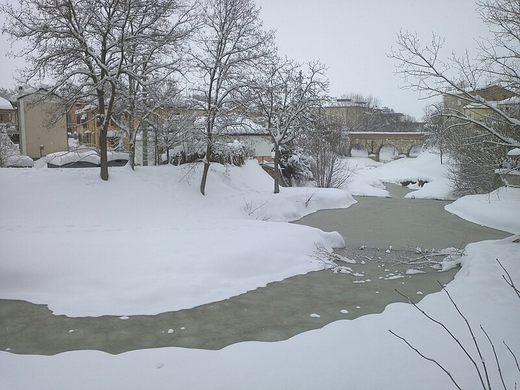
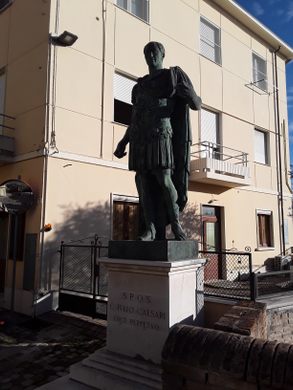
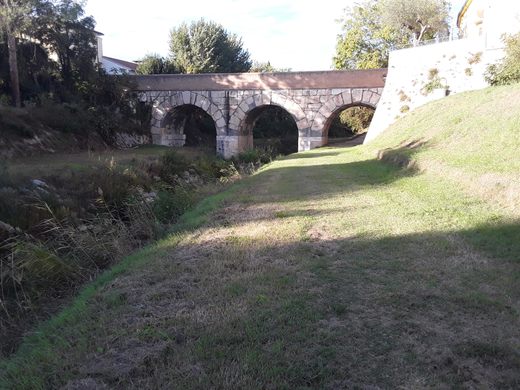
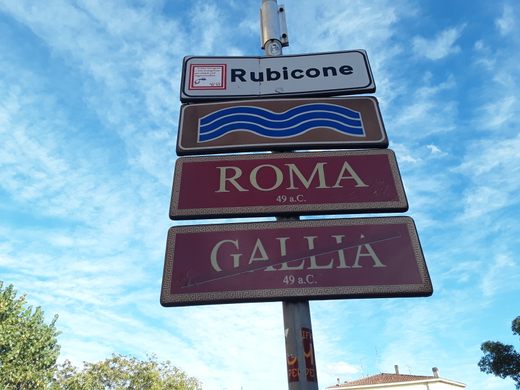

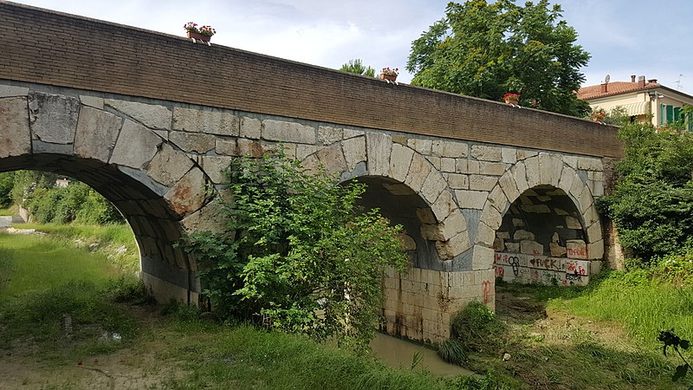






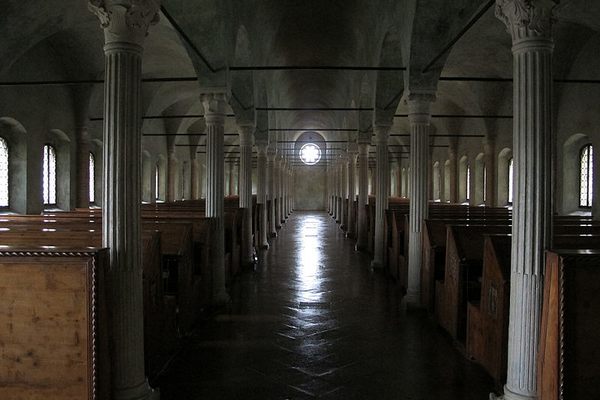


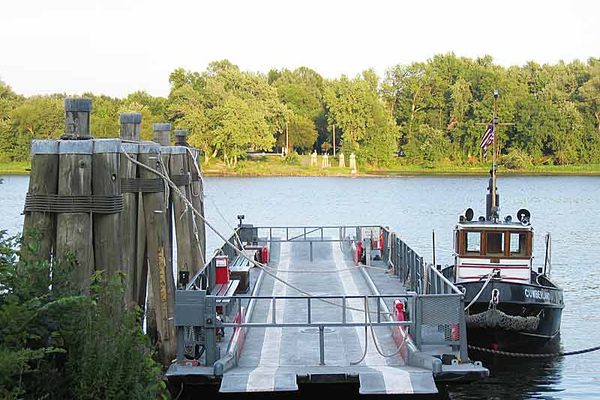



Follow us on Twitter to get the latest on the world's hidden wonders.
Like us on Facebook to get the latest on the world's hidden wonders.
Follow us on Twitter Like us on Facebook